Analytic Hyperbolic Geometry and Albert Einstein's Special Theory of Relativity, 2nd Edition
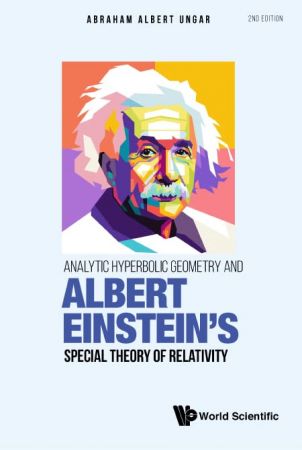
English | 2022 | ISBN: 9811244103 | 775 pages | True PDF EPUB | 25.12 MB
This book presents a powerful way to study Einstein's special theory of relativity and its underlying hyperbolic geometry in which analogies with classical results form the right tool. The premise of analogy as a study strategy is to make the unfamiliar familiar. Accordingly, this book introduces the notion of vectors into analytic hyperbolic geometry, where they are called gyrovectors. Gyrovectors turn out to be equivalence classes that add according to the gyroparallelogram law just as vectors are equivalence classes that add according to the parallelogram law. In the gyrolanguage of this book, accordingly, one prefixes a gyro to a classical term to mean the analogous term in hyperbolic geometry. As an example, the relativistic gyrotrigonometry of Einstein's special relativity is developed and employed to the study of the stellar aberration phenomenon in astronomy.Furthermore, the book presents, for the first time, the relativistic center of mass of an isolated system of noninteracting particles that coincided at some initial time t = 0. It turns out that the invariant mass of the relativistic center of mass of an expanding system (like galaxies) exceeds the sum of the masses of its constituent particles. This excess of mass suggests a viable mechanism for the formation of dark matter in the universe, which has not been detected but is needed to gravitationally 'glue' each galaxy in the universe. The discovery of the relativistic center of mass in this book thus demonstrates once again the usefulness of the study of Einstein's special theory of relativity in terms of its underlying hyperbolic geometry.
[center]


![S.T.A.L.K.E.R. 2 / STALKER 2: Heart of Chornobyl - Ultimate Edition (2024) [+UPDATE 23.12.2024 - v1.1.3] ElAmigos / Polska wersja językowa](https://i.postimg.cc/Zqd8RWGY/UZG8PBE.jpg)



































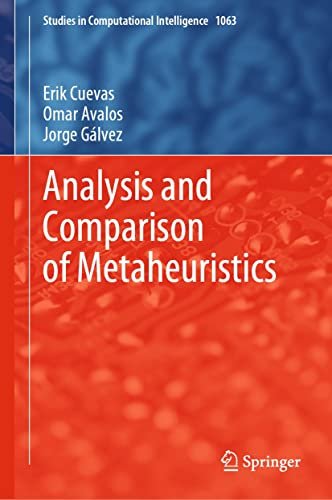
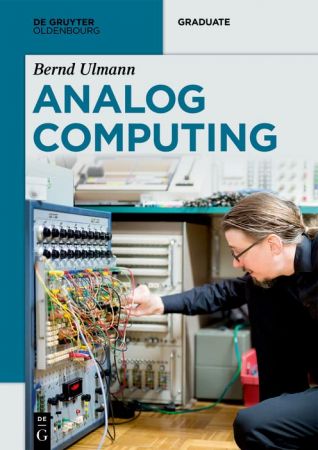
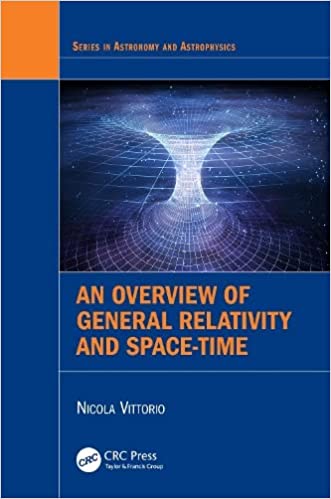

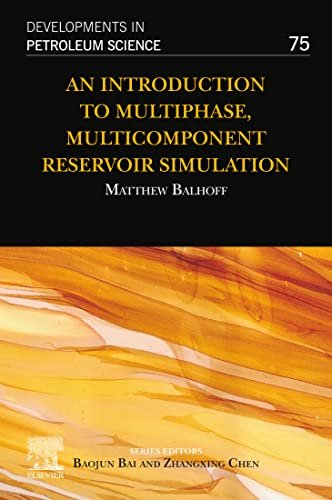
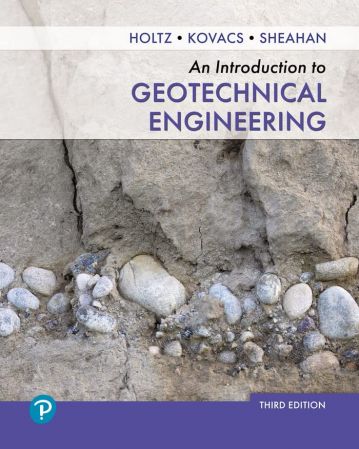










![David Gilmour - Luck and Strange (2024) [FLAC]](https://i.imgur.com/everaBc.jpeg)
![Męskie Granie Orkiestra - Męskie Granie 2024 (2024) [FLAC]](https://i.imgur.com/FAyOxrM.jpeg)
![The Rolling Stones - Hackney Diamonds (2023) [FLAC]](https://i.imgur.com/wCkyyUN.jpg)
![Lady Gaga - Harlequin (2024) [FLAC]](https://i.imgur.com/dcgIA8D.jpeg)
![Natalia Kukulska - Dobrostan (2024) [FLAC]](https://i.imgur.com/bdljG3O.jpeg)
![Kaśka Sochacka - Ta druga (2024) [FLAC]](https://i.imgur.com/hORQKvn.jpeg)
![Kuba Sienkiewicz - Pani Bóg (2024) [FLAC]](https://i.imgur.com/qijCx8Z.jpeg)
![Lanberry - Heca (2024) [FLAC]](https://i.imgur.com/8P7QfeR.jpeg)
![Sara James - PLAYHOUSE (2024) [FLAC]](https://i.imgur.com/m4f8OKg.jpeg)
![Grzegorz Hyży - EPILOG (2024) [FLAC]](https://i.imgur.com/8DA2sBr.jpeg)
![Myslovitz - WIECZORAMI CHŁOPCY WYCHODZĄ NA ULICE (2024) [FLAC]](https://i.imgur.com/l9mMtIG.jpeg)
![Krzysztof Zalewski - ZGŁOWY (2024) [FLAC]](https://i.imgur.com/vh48RAc.jpeg)
![Krzysztof Cugowski - Wiek to tylko liczba (2024) [FLAC]](https://i.imgur.com/SBzgqe2.jpeg)
![Nosowska - Kasia i Błażej (2024) [FLAC]](https://i.imgur.com/mObvVXQ.jpeg)
![sanah - Pianinkowe Kaprysy (2024) [FLAC]](https://i.imgur.com/pVjjPAa.jpeg)
![Kwiat Jabłoni - Pokaz slajdów (2023) [FLAC]](https://i.imgur.com/diERHfZ.jpg)
![Robert Cichy - Spacer po Warszawie (2024) [FLAC]](https://i.imgur.com/ixleU9o.jpeg)
![Viki Gabor - Terminal 3 (2024) [FLAC]](https://i.imgur.com/Q1KCnDs.jpeg)
![Sanah - Kaprysy (2024) [FLAC]](https://i.imgur.com/71OZm4h.jpeg)
![Męskie Granie Orkiestra - Męskie Granie 2023 (2023) [FLAC]](https://i.imgur.com/U4YHo8d.jpg)




